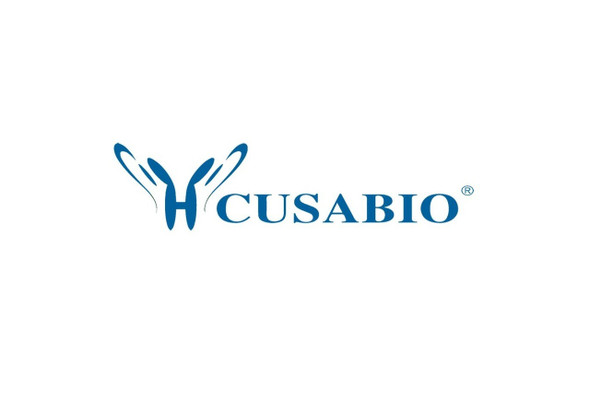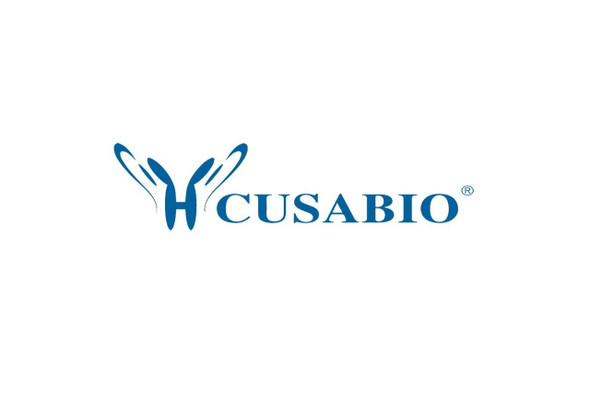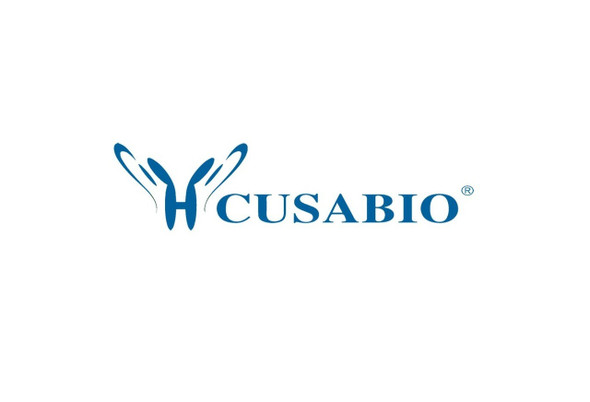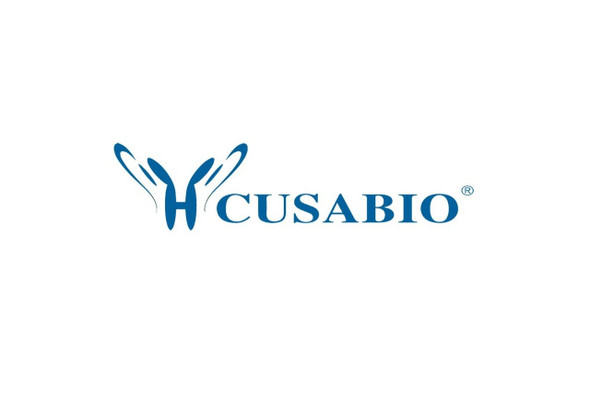Cusabio Active Proteins
Recombinant Human C-C motif chemokine 5 protein (CCL5) (Active) | CSB-AP000871HU
- SKU:
- CSB-AP000871HU
- Availability:
- 5 to 10 Working Days
Description
Recombinant Human C-C motif chemokine 5 protein (CCL5) (Active) | CSB-AP000871HU | Cusabio
Protein Description: Full Length of Mature Protein
Alternative Name (s) : EoCP, SIS-delta, Small-inducible cytokine A5, T cell-specific protein P228, TCP228
Gene Names: CCL5,D17S136E,SCYA5
Research Areas: Immunology
Species: Homo sapiens (Human)
Source: E.Coli
Tag Info: Tag-Free
Expression Region: 24-91aa
Sequence Info: SPYSSDTTPC CFAYIARPLP RAHIKEYFYT SGKCSNPAVV FVTRKNRQVC ANPEKKWVRE YINSLEMS
Biological Activity: Fully biologically active when compared to standard. The biological activity determined by a chemotaxis bioassay using human peripheral blood monocytes is in a concentration range of 1.0-10 ng/ml.
MW: 7.8 kDa
Purity: >98% as determined by SDS-PAGE and HPLC.
Endotoxin: Less than 1.0 EU/µg as determined by LAL method.
Relevance: Chemoattractant for blood monocytes, memory T-helper cells and eosinophils. Causes the release of histamine from basophils and activates eosinophils. May activate several chemokine receptors including CCR1, CCR3, CCR4 and CCR5. One of the major HIV-suppressive factors produced by CD8+ T-cells. Recombinant RANTES protein induces a dose-dependent inhibition of different strains of HIV-1, HIV-2, and simian immunodeficiency virus (SIV) . The processed form RANTES (3-68) acts as a natural chemotaxis inhibitor and is a more potent inhibitor of HIV-1-infection. The second processed form RANTES (4-68) exhibits reduced chemotactic and HIV-suppressive activity compared with RANTES (1-68) and RANTES (3-68) and is generated by an unidentified enzyme associated with monocytes and neutrophils (PubMed:16791620, PubMed:1380064, PubMed:8525373, PubMed:9516414, PubMed:15923218) . May also be an agonist of the G protein-coupled receptor GPR75, stimulating inositol trisphosphate production and calcium mobilization through its activation. Together with GPR75, may play a role in neuron survival through activation of a downstream signaling pathway involving the PI3, Akt and MAP kinases. By activating GPR75 may also play a role in insulin secretion by islet cells (PubMed:23979485) . {ECO:0000269|PubMed:1380064, ECO:0000269|PubMed:15923218, ECO:0000269|PubMed:16791620, ECO:0000269|PubMed:17001303, ECO:0000269|PubMed:23979485, ECO:0000269|PubMed:8525373, ECO:0000269|PubMed:9516414}.
PubMed ID: 2456327; 10213461; 16791620; 15489334; 1380064; 7524281; 8525373; 9516414; 15923218; 17001303; 23979485; 7537088; 7542919; 9889151;
Notes: Repeated freezing and thawing is not recommended. Store working aliquots at 4℃ for up to one week.
Function: Chemoattractant for blood monocytes, memory T-helper cells and eosinophils. Causes the release of histamine from basophils and activates eosinophils. May activate several chemokine receptors including CCR1, CCR3, CCR4 and CCR5. One of the major HIV-suppressive factors produced by CD8+ T-cells. Recombinant RANTES protein induces a dose-dependent inhibition of different strains of HIV-1, HIV-2, and simian immunodeficiency virus (SIV) . The processed form RANTES (3-68) acts as a natural chemotaxis inhibitor and is a more potent inhibitor of HIV-1-infection. The second processed form RANTES (4-68) exhibits reduced chemotactic and HIV-suppressive activity compared with RANTES (1-68) and RANTES (3-68) and is generated by an unidentified enzyme associated with monocytes and neutrophils
Involvement in disease:
Subcellular Location: Secreted
Protein Families: Intercrine beta (chemokine CC) family
Tissue Specificity: Expressed in the follicular fluid (at protein level) . T-cell and macrophage specific.
Paythway: Chemokinesignalingpathway
Form: Lyophilized powder
Buffer: Lyophilized from a 0.2 µm filtered PBS, pH 7.4
Reconstitution: We recommend that this vial be briefly centrifuged prior to opening to bring the contents to the bottom. Please reconstitute protein in deionized sterile water to a concentration of 0.1-1.0 mg/mL.We recommend to add 5-50% of glycerol (final concentration) and aliquot for long-term storage at -20℃/-80℃. Our default final concentration of glycerol is 50%. Customers could use it as reference.
Uniprot ID: P13501
Uniprot Entry Name: CCL5_HUMAN
HGNC Database Link: HGNC
UniGene Database Link: UniGene
KEGG Database Link: KEGG
STRING Database Link: STRING
OMIM Database Link: OMIM










